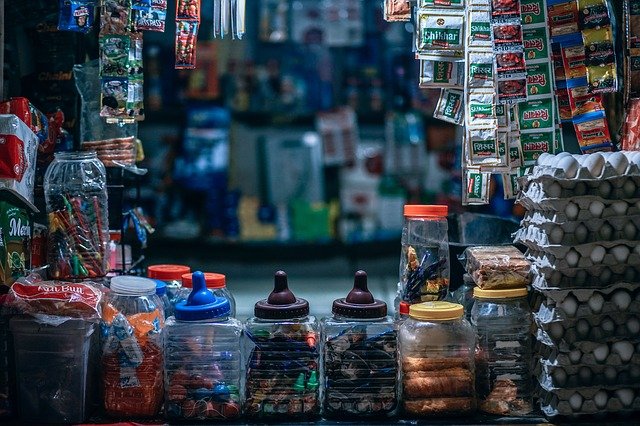
Anything that presents elements of different characteristics or types is classified as miscellaneous.
The origins of the term miscellaneous lie in the word miscellaneus , which is the feminine form of Late Latin miscellanea . The concept can be used as an adjective or as a noun depending on the context.
As an adjective , miscellaneous qualifies that which is made up of elements that are different from each other or that belong to different genres or types . For example: “The former governor unveiled a miscellaneous political project with the aim of re-administering the province,” “Experts are analyzing the scope of this miscellaneous rule that covers multiple subjects,” “The coach confessed that he had resigned from his position for miscellaneous reasons .
Concept of miscellaneous in colloquial language
In this sense, the term miscellaneous is not very common in everyday speech, although it may appear in the media and the majority of the audience understands it without difficulty. However, to express the same idea outside of formal language we can use some of its synonyms, among which the following stand out: mixed, mixed , compound, heterogeneous, complex and varied . Its antonyms, on the other hand, include homogeneous, simple and pure .
As we can see, most of these words appear with a much greater frequency in popular language , in the conversations we have daily with our friends, family and colleagues. If we had to relate the former governor's news, expressed in a previous paragraph, to a neighbor, we would probably say that his project is "varied", instead of "miscellaneous", since it is more natural in everyday conversation.
On the other hand, if all the people involved in said conversation had technical knowledge related to the topic, whether with politics or journalism, the use of more precise, technical or elevated language is normally accepted. This same thing happens in any field, since it is only recommended to use jargon in the presence of people who can understand it.

A miscellaneous store sells products of different kinds.
A type of text
Regarding its use as a noun , the text that revolves around mixed and unconnected subjects is called miscellaneous . It is a genre that developed between the 16th and 17th centuries , especially in Spanish territory.
A miscellany includes heterogeneous sections or fragments that usually combine instruction, entertainment, and opinion . Miscellanies can combine allusions to personalities or events, mixing prose, poetry and even dramaturgy.
Although the texts in a mid-second millennium miscellany had very different provenances, they all shared their mixed nature. Among the most notable works are the Family Epistles , Of the Invention and Principle of All Things , the Silva of Various Lessons , Desktop and Relief of Walkers , Of the Wonderful Things of the World and Garden of Curious Flowers .
Origins and references of the miscellaneous genre
Fray Antonio de Guevara, Juan de Timoneda, Antonio de Torquemada y Tirso de Molina son algunos autores de misceláneas conocidas. En la actualidad, suele hablarse de misceláneas para aludir a los contents variados que forman parte de una sección de un medio de comunicación.
It is important to note that the roots of the miscellaneous genre lie in a much more remote past than the 16th century. Plutarch of Chaeronea , a moral philosopher, biographer and historian of ancient Greece, as well as the Latin naturalist and writer Gaius Pliny the Second and the Roman writer and lawyer Aulus Gellius , who lived between the 1st and 2nd centuries, were some of the pioneers in writing this type of texts .
A store and a job
In some Latin American countries , on the other hand, a small store that sells different items is called miscellaneous.
Miscellaneous, meanwhile, is a job that involves the development of activities such as cleaning, maintenance and delivery.
